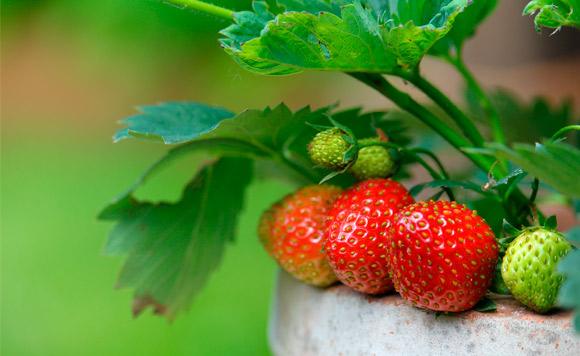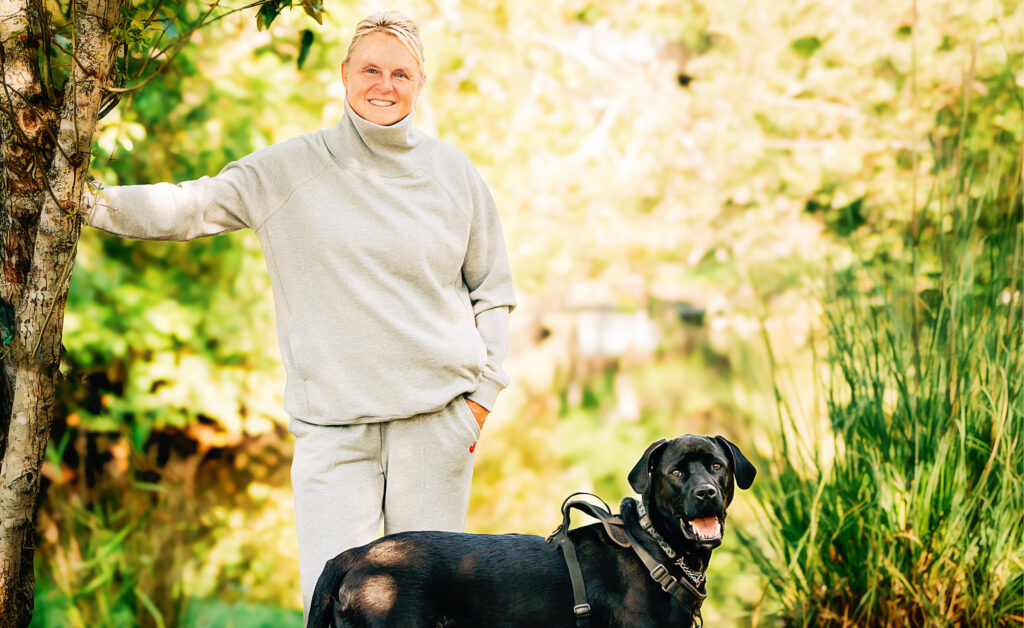by Chris Sigurdson, Peninsula Landscape Supplies –
Always wanted to grow your own veggies but lacking a yard? No problem! Growing veggies in pots is EASY PEASY! Just follow these quick steps.
The most important key to success will be the depth and type of growing medium used. You are going to want at least 12 inches of a light-weight mix consisting of approximately equal parts of compost, peat and perlite. A medium such as this will ensure proper root development, and make nutrients more available to plants.
Your food needs food too! Typically, most store-bought potting soil blends do not contain sufficient nutrients to keep your plants happy for extended periods of time. Therefore, it is important to give your veggies a supplement by incorporating an organic fertilizer at the time of planting, and several more applications until harvest time.
In terms of pot size, I would recommend something along the lines of a five-gallon nursery pot. Sure, nursery pots are functional; however, they certainly are not that attractive, especially if you are adorning your front stairs and patio with them! So find what works for you and grow in style. Have some fun – maybe a horse water trough or an old half wine barrel. Just use the five-gallon pot as a mental guideline for a minimum size – approximately 12 inches in diameter and 12 inches deep.
You do not need to put gravel in the bottom of your pots for drainage. That’s a myth; don’t waste valuable growing medium space with rocks! If you use a quality potting soil as mentioned above, it will drain on its own. If you are concerned about material sneaking out the holes in the pots, use something such as cheese cloth or expandable seed starter discs to block the openings. The water will escape, but the growing medium will stay in place. Remember, pots dry out quickly so you may have to irrigate several times per day to keep your plants happy.
It is important to consider the location of your crops in terms of sunlight. Don’t think you have enough sunlight? Nonsense, don’t let this lacking discourage you from trying to grow. You may just have to rethink what you grow! True, there are many veggies that prefer full sun, or three to eight hours of sunlight per day, to thrive. Fortunately, there are many veggies such as mesclun greens, spinach and some root crops that thrive in partial shade, or three to six hours of sunlight per day. Do a bit of pre-planting seed research to avoid disappointments.
Last but not least: try to avoid over planting. If you have too many plants too close together, they are going to compete for nutrients and water and perform poorly. Thin new sprouts accordingly, because we are after quality AND quantity, which totally contradicts the old adage of quality not quantity. Quantity is achieved by succession planting. Google it for full details, but in essence this means the rotation of crops and recycling of space to dramatically increase total yields while also improving quality.
Happy planting!




